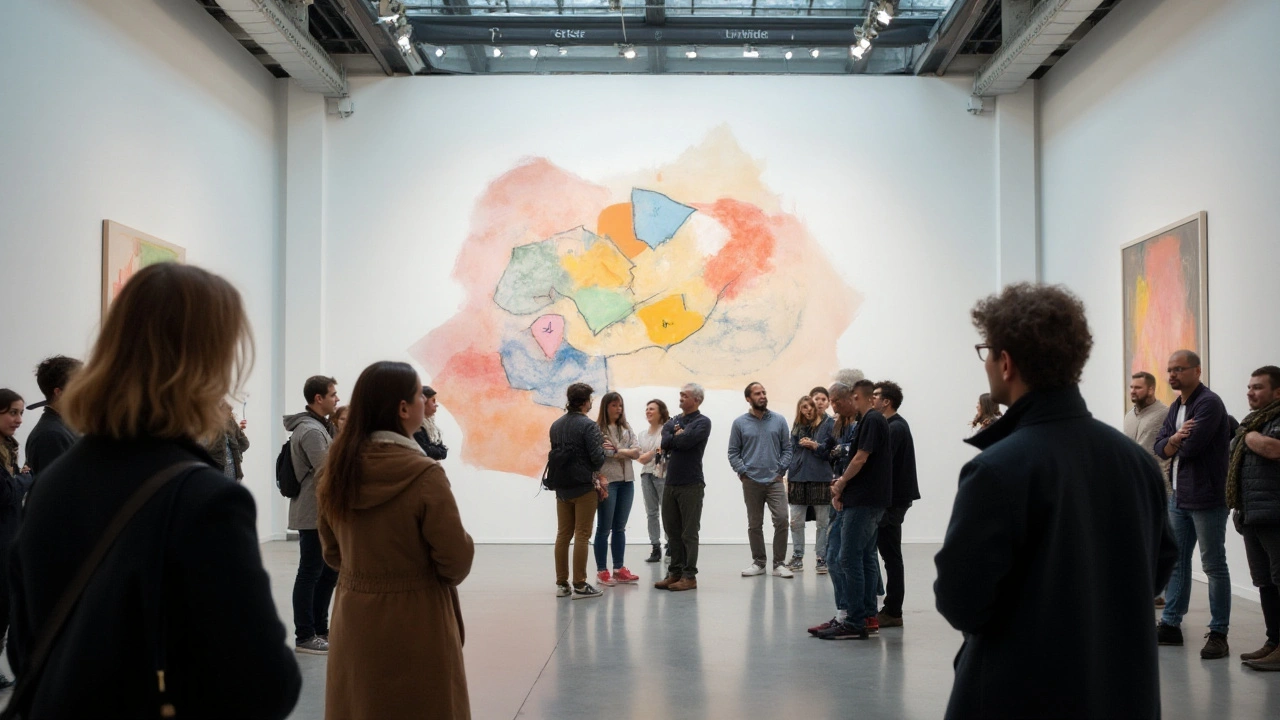Provocative Art: Why Sharp Images and Strange Actions Get People Talking
Provocative art isn't about being rude for attention. It's work that interrupts daily routines, forces a second look, and pushes people to ask why. Think Fluxus happenings that turned concerts into messy experiments, or installation pieces that make a gallery feel like a room you shouldn't enter. When an artwork sparks real debate—about politics, identity, or history—that's provocative art doing its job.
Not all shock is equal. Some artists use bold imagery to reveal hidden truths. Others use absurdity or humor to expose power rules. Photorealism can provoke by showing reality so clearly it reveals what we ignore. Primitivism and avant-garde approaches can provoke by reworking cultural symbols in ways that ask who gets to tell which story.
How to look at provocative art without getting lost
Seeing provocative art means changing how you look. Don’t rush past: read the label, stand with the piece for a few minutes, and notice how your body reacts. Ask simple questions: What am I uncomfortable about? Who is the work addressing? Where was it made and why does that matter? If you can, talk to someone else in the gallery—different reactions teach more than a single opinion.
Context helps. A sculpture in a public square will mean something different than the same sculpture in a museum. Installation art often relies on the space to make its point, while performance or Fluxus-style events depend on participation and timing. Use the artist statement to anchor your view, but don’t treat it as the only answer—provocative pieces often invite multiple readings.
How artists make work provocative (and how to do it responsibly)
Techniques that provoke include scale (huge objects in small places), juxtaposition (pairing gentle images with harsh meanings), and recontextualization (using familiar objects in strange ways). Satire and explicit imagery can cut through apathy, but they can also harm. Responsible provocation weighs impact: who benefits, who might be hurt, and whether the shock opens space for real conversation.
If you want to create provocative art, start with a clear idea. Test the work with friends before a public reveal. Think about setting—public interventions need permits and safety checks. Prepare a short artist statement that explains intent without killing the piece’s mystery. Document responses: photos, short interviews, or visitor notes become part of the work’s life.
Galleries and communities react differently. Some venues welcome controversy; others avoid it. Alternative spaces—pop-ups, land art sites, street festivals—often give more freedom. If your goal is discussion rather than outrage, partner with community groups to frame the conversation and prevent misunderstandings.
Want examples? Check pieces on installation art, Fluxus, avant-garde decor, and photorealism that use form and context to provoke. The best provocative art doesn’t just shock—it opens a door to new thinking. Ready to explore more? Browse the provocative art tag to see how artists keep stretching what art can do.

